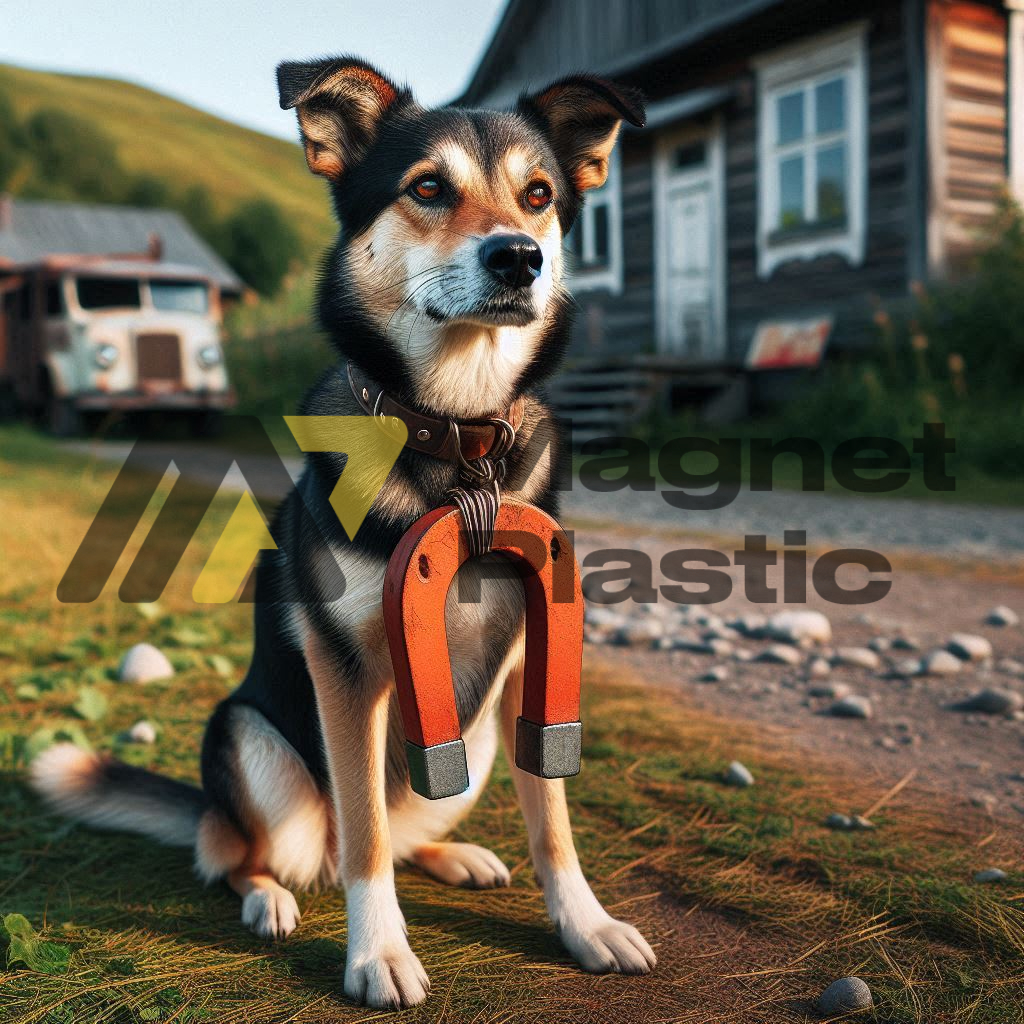Magnets in Veterinary Medicine
In recent decades, veterinary medicine has undergone a remarkable transformation, adopting various innovative technologies and treatments to improve animal health and well-being. Among these innovations, the use of magnets in veterinary medicine has emerged as a versatile and promising tool, applicable in areas ranging from advanced diagnostics to rehabilitation therapies.
Magnetic Resonance Imaging in Veterinary Medicine
Magnetic Resonance Imaging (MRI) is one of the most advanced applications of magnets in veterinary medicine. Similar to human medicine, veterinary MRI uses powerful magnetic fields and radio waves to generate detailed images of soft tissues. This method is crucial for diagnosing neurological, orthopedic, and abdominal issues in pets like dogs and cats, as well as in larger animals like horses. The ability to obtain high-resolution images without invasive procedures allows veterinarians to make precise diagnoses and plan effective treatments.
Rehabilitation with Magnetotherapy
Magnetotherapy is another significant application of magnets in veterinary medicine. This technique involves the use of static or pulsing magnetic fields to treat various musculoskeletal conditions in animals. Magnetotherapy has proven effective in reducing pain and inflammation in cases of arthritis and muscle injuries, thereby accelerating recovery. This therapy is particularly beneficial for racehorses and working animals that often suffer injuries due to intense physical activity.
Magnetic Implants in Surgery
Magnetic implants represent a significant innovation in veterinary surgery. These implants are used to fix bone fractures, offering a more flexible and less invasive alternative to traditional screws and metal plates. Magnets facilitate a faster recovery process with fewer complications. Additionally, magnetic implants can be adjusted externally, eliminating the need for a second surgery and improving postoperative management.
Identification and Tracking with RFID
Magnets also play a vital role in the identification and tracking of animals through implanted microchips using RFID (Radio Frequency Identification) technology. These microchips, containing magnetic components, allow information to be read via scanners. They are essential for pet identification, livestock management, and the conservation of endangered species. RFID technology helps veterinarians and owners maintain accurate records and ensure the safety and well-being of animals.
Alternative Therapies with Magnetic Acupuncture
In addition to conventional applications, magnets in veterinary medicine are also being explored in alternative therapies like magnetic acupuncture. In this technique, small magnets are placed on acupuncture points on the animal’s body to stimulate healing and relieve pain. Although still in the experimental phase, initial studies suggest that magnetic acupuncture could be an effective option for animals that do not respond well to traditional treatments.
Conclusion
The use of magnets in veterinary medicine is continually expanding, offering new possibilities to enhance the quality of life for animals. From advanced diagnostics and rehabilitation therapies to innovations in surgery and identification systems, magnets are playing a crucial role in modern veterinary practice. With the ongoing advancement of research and technology, even more innovative applications of magnets in veterinary care are likely to emerge, benefiting both animals and their caregivers.
